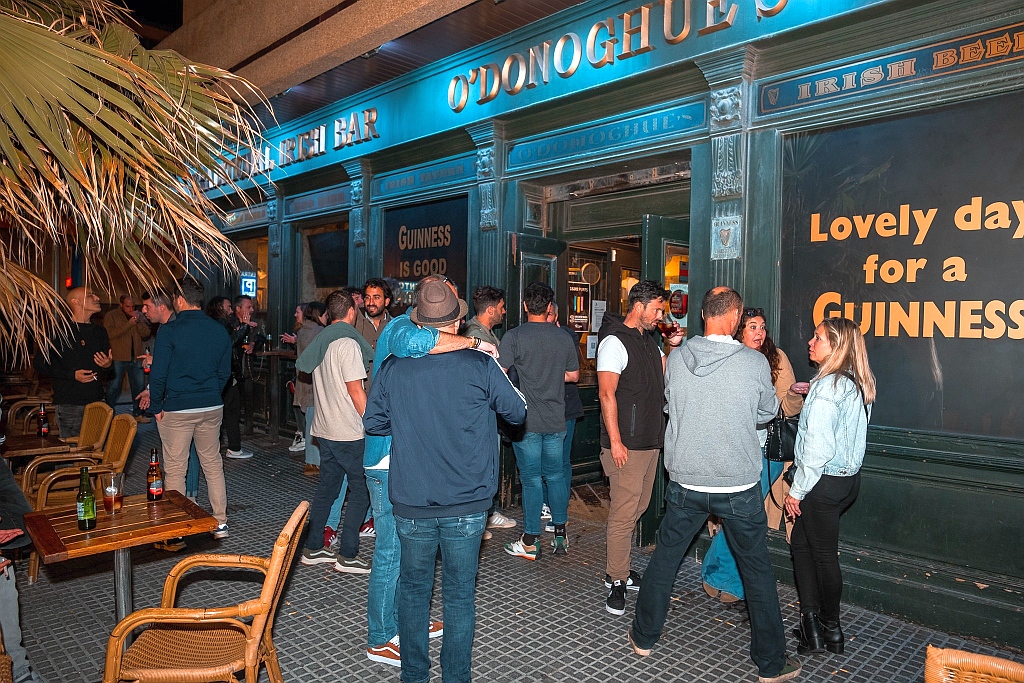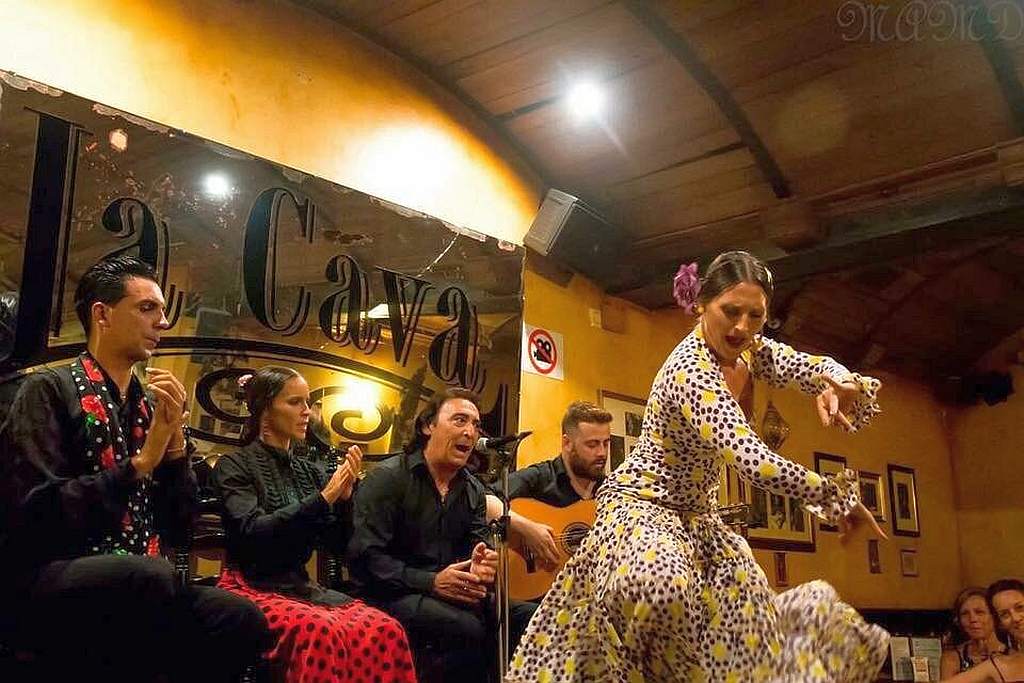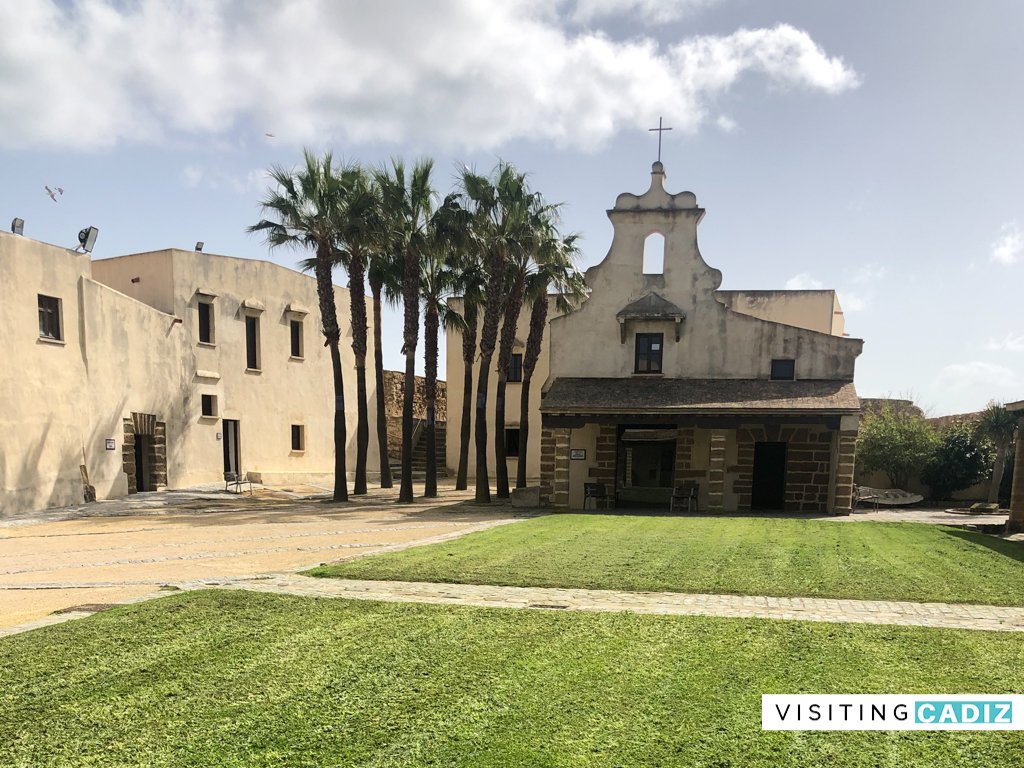Cádiz, the oldest city in Europe, offers a unique nightlife experience blending historical charm with vibrant modernity. From ancient neighborhoods to lively beachfront promenades, Cádiz has a variety of bars, clubs, and cultural hotspots. Whether you enjoy sipping cocktails in historic taverns or dancing until dawn, this guide will help you discover the best nightlife in Cádiz.
I’ve been living in this lovely area of Western Andalucia for the last 20 years or so and dedicate most of my time to the running of English language tourist information websites for the towns of Cádiz, Ronda, Grazalema, the famous or infamous Caminito del Rey, and also Wildside Holidays, which promotes sustainable and eco-friendly businesses running wildlife and walking holidays in Spain. My articles contain affiliate links that will help you reserve a hotel, bus, train or activity in the area. You don’t pay more, but by using them you do support this website. Thankyou!




